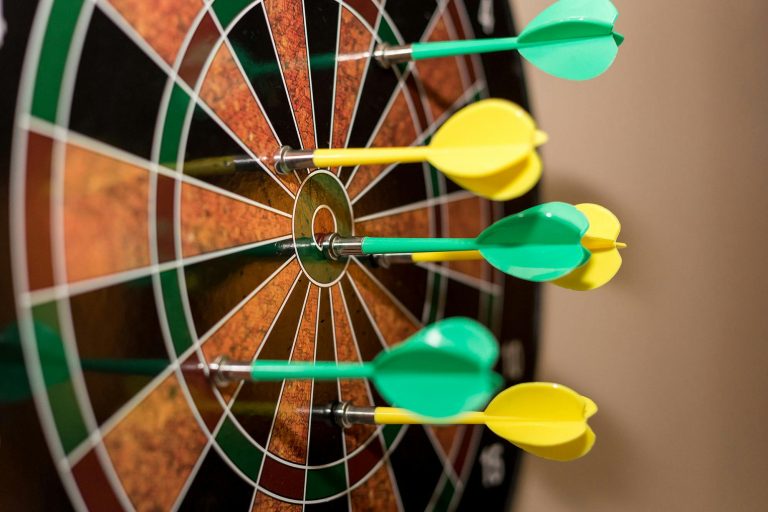Finding the Right Therapist for Loneliness: A Complete Guide
It’s a cycle I know all too well: I finally muster up the courage to seek therapy, hoping it might ease the weight of my loneliness, only to leave the first few sessions feeling more misunderstood than seen. I start to wonder if therapy just isn’t for me. Maybe I’m too complicated, or maybe I’m just not trying hard enough.
But then, the frustrating truth hits me: finding the right therapist often means sitting through multiple “first sessions” with different people, trying to explain my story over and over. It’s like speed dating, but with my most vulnerable emotions on display, and it’s expensive. Each new attempt chips away at my savings and my hope.
If you’ve been there too, I want you to know you’re not alone. So many of us walk this winding path, bouncing between therapists before finding someone who actually gets it, who gets us.
The real problem isn’t that therapy doesn’t work. It’s that building the right connection takes time, money, and energy (three things that feel especially scarce when you’re already deep in the fog of loneliness).
Our guide below will help you navigate this common dilemma, offering strategies to identify a therapist who can effectively address your loneliness without breaking the bank or adding to your frustration.
The Impact of Loneliness on Wellbeing
Research consistently shows that chronic loneliness can be as harmful to physical health as smoking 15 cigarettes daily. It increases risks of:
- depression and anxiety;
- cardiovascular issues;
- weakened immune function;
- cognitive decline;
- sleep disruption;
- reduced lifespan.
Beyond physical effects, loneliness creates a painful emotional experience that can distort how you perceive yourself and others. The right therapeutic support can interrupt this cycle and help you establish healthier connection patterns.
Why Finding the Right Fit Matters for Loneliness
Loneliness is complex and often has multiple underlying causes:
- social anxiety preventing new connections;
- past relationship trauma creating fear of vulnerability;
- difficulty maintaining boundaries in relationships;
- cultural transitions or relocation;
- life changes like retirement, divorce, or bereavement;
- digital communication replacing in-person interaction;
- perfectionism setting unrealistic standards for relationships.
A therapist who truly understands these nuances can help identify your specific loneliness triggers and develop targeted strategies for meaningful connection. However, a therapist who misunderstands or oversimplifies your experience can leave you feeling even more isolated.
Smart Strategies to Find the Right Therapist Without Breaking the Bank
Take advantage of free consultations. Many therapists offer 15-30 minute initial consultations at no charge. Prepare specific questions about their experience with loneliness to maximize this time.
Utilize community resources. Community mental health centers often provide quality care at reduced rates. University training clinics offer sessions with supervised graduate students at a fraction of typical costs.
Ask about sliding scale options. Many private practice therapists reserve slots for clients who need reduced fees. Being transparent about your financial situation may open these opportunities.
Check insurance networks carefully. If using insurance, research in-network providers thoroughly before scheduling. Call potential therapists to verify they’re still accepting your insurance despite what directories may say.
Consider group therapy. Groups specifically addressing loneliness or social skills often cost less than individual therapy while providing both professional guidance and peer connection.
Explore online therapy platforms. Services like BetterHelp or Talkspace sometimes offer more affordable options and make it easier to switch therapists if the fit isn’t right. Forbes.com published a comparison between the two platforms, find it here.
Request specific referrals. Ask friends, family, online communities or your primary care doctor for recommendations specifically for loneliness and connection issues, not just general therapy.
Cultural Considerations in Therapy for Loneliness
Loneliness can look different depending on your culture, and good therapy should respect that.
For example:
- in some cultures, feeling lonely might mean feeling distant from family, not just lacking friends;
- some cultures value being independent, while others focus more on close connections (this changes how loneliness feels);
- moving to a new country or culture can bring a special kind of loneliness;
- not speaking the same language well can make it harder to connect with others;
- feeling disconnected from your religion or spirituality can also be a big part of loneliness.
Try to find a therapist who’s open-minded and wants to understand your background, instead of using the same approach for everyone.
Questions to Ask Potential Therapists About Loneliness
During initial consultations, ask some specific questions to assess a therapist’s ability to help with loneliness:
- “What experience do you have working specifically with loneliness and social isolation?”
- “How do you distinguish between loneliness and conditions like depression that may have overlapping symptoms?”
- “What approaches do you use to help clients build meaningful connections?”
- “Do you incorporate both in-session work and practical between-session activities to address loneliness?”
- “How do you account for cultural and individual differences in how people experience and express loneliness?”
- “What role does technology play in your approach to addressing modern loneliness?”
- “Do you offer or recommend any group therapy options alongside individual therapy?”
These questions can help you figure out if a therapist has the right experience to help with your loneliness. It might feel a bit awkward, like you’re interviewing them, but that’s okay. The sooner you find the right person, the sooner you can start feeling better, and you’ll save money by not trying out lots of different therapists.
Red Flags When Choosing a Therapist for Loneliness
Be cautious of therapists who:
- suggest simplistic solutions like “join a club” without addressing deeper barriers;
- focus exclusively on social skills without exploring emotional blocks to connection;
- dismiss the seriousness of loneliness or its physical health impacts;
- lack familiarity with how loneliness manifests in your age group or life circumstance;
- show limited understanding of how cultural factors influence connection;
- seem uncomfortable with technology’s role in modern social connection;
- cannot explain their specific approach to treating loneliness.
These signs suggest the therapist may not have the specialized knowledge needed to help you with complex loneliness issues.
How to Use the First Session Effectively
To make the most of initial sessions and quickly determine if a therapist is right for your loneliness concerns:
- prepare a brief summary of your loneliness experience and previous therapy attempts;
- be specific about what hasn’t worked in past therapeutic relationships;
- ask directly about their success rate with clients experiencing similar forms of loneliness;
- discuss timeline expectations for when you might notice improvements;
- pay attention to how comfortable you feel sharing vulnerable feelings about isolation;
- notice whether they balance empathy with practical strategies;
- trust your intuition about whether this person truly understands your experience.
This focused approach helps you assess compatibility, saving both time and money.
Evaluating Progress in Loneliness Therapy
Good therapy for loneliness should lead to real changes, even if it takes time. Signs that it’s working might include:
- sleeping better and feeling less tired;
- feeling more open to talking to people;
- enjoying your current relationships more;
- feeling less nervous in social situations;
- thinking more clearly and fairly about social stuff;
- noticing more chances to connect with others;
- building different kinds of relationships.
If you don’t see some of these changes after a few months, it’s okay to talk to your therapist about it or think about trying something new.
Building on Therapy: Creating a Comprehensive Loneliness Strategy
Therapy is really helpful, but adding other activities can make it work even better, like:
- volunteering to meet people and feel more connected;
- joining classes or groups based on your interests;
- using apps or online tools (in a healthy way) to stay in touch;
- doing physical activities with others for both mental and physical benefits;
- practicing small social steps between sessions;
- connecting with Anonymous Friend and building a long-term friendship;
- using mindfulness to calm your mind and stop overthinking social stuff.
A good therapist can help you explore and add these to your healing journey.elop this broader connection strategy while addressing deeper psychological barriers.
There is Hope in Addressing Loneliness
Finding the right therapist can take time, effort, and money, but it’s worth it. With the right support, even deep, long-term loneliness can turn into real connection.
Remember that seeking help for loneliness shows courage and self-awareness. By taking this step, you’re already moving toward a more connected life!
Lots of people try a few therapists before finding the right one. Each try helps you learn more about what works for you. If you stick with it and use the tips here, you can find the support you need without spending too much or getting overwhelmed.
Your journey from loneliness to connection is possible, and finding the right therapist is a powerful first step! 🧡







